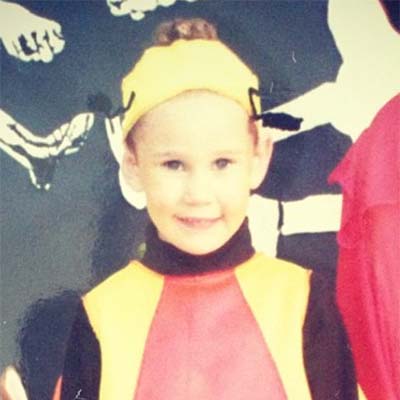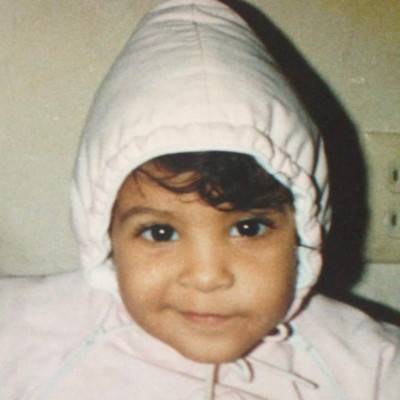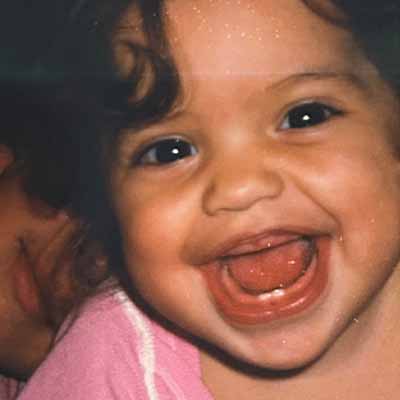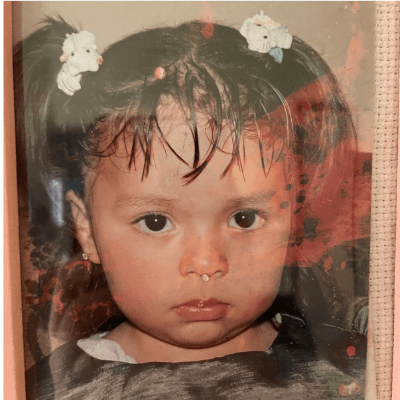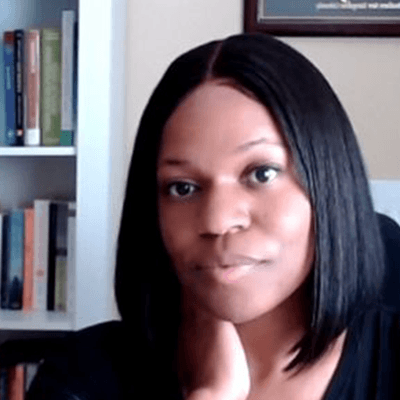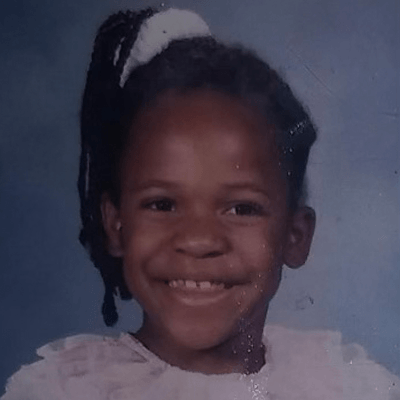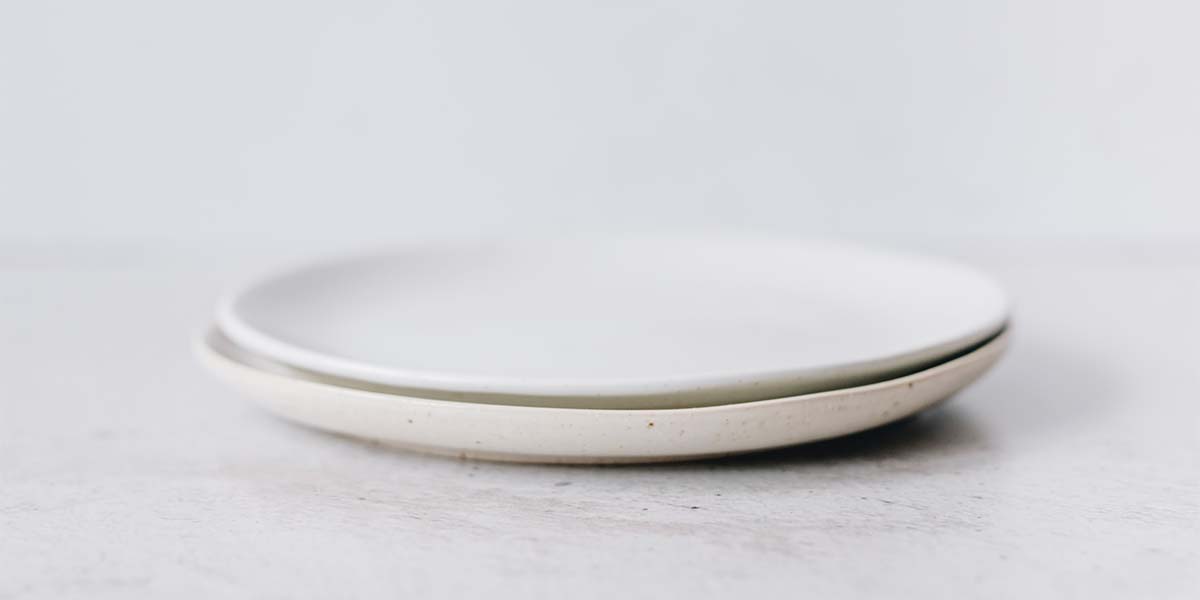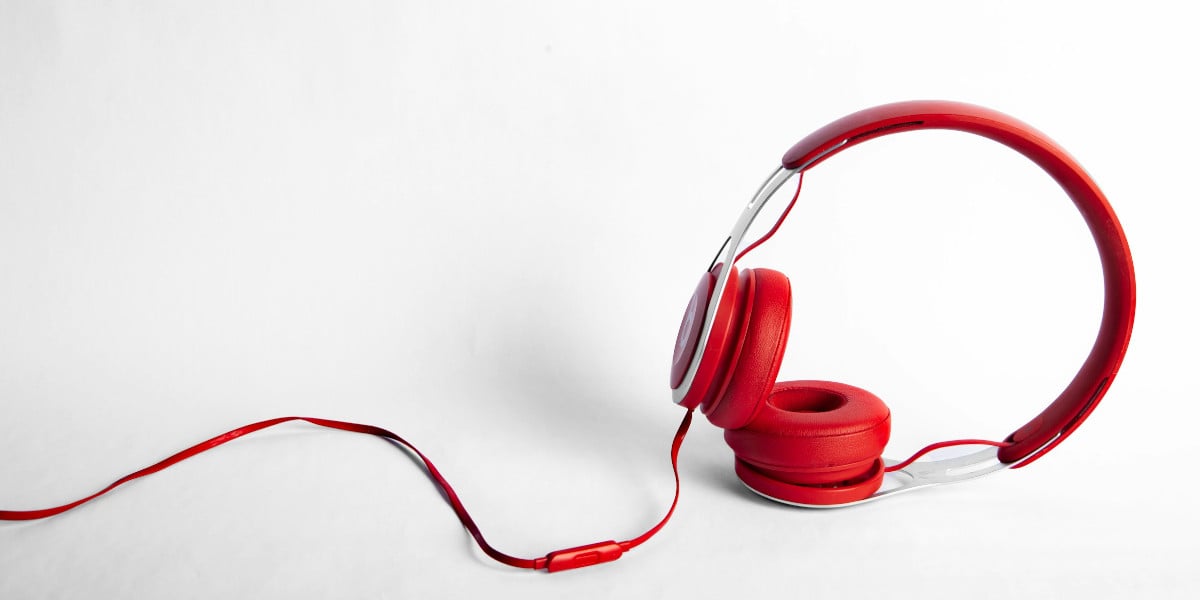Cutting & Self Harm
Find Your CounselorAbout
Self-harm and cutting are often misunderstood as attention-seeking behavior, when, in actuality, these are symptoms of deep emotional pain. Individuals who self-harm – typically teens and young adults – tend to feel disconnected from the world around them.
The physical pain caused by self-injury allows the individual to temporarily escape feelings of loneliness and pain that may be difficult to deal with, or perhaps actually feel something when they are otherwise numb.
If you have the urge to self-harm, you are no doubt familiar with the shame and guilt that follows, along with the eventual return of the emotional pain you were seeking to escape. If you are the parent of a child who self-injures, then you may be filled with confusion, fear and worry about why your child would want to self-harm. At Lifeologie, we seek to work with and support the entire family in this difficult and confusing situation. Our counselors work with self-harming clients to create a plan for reducing “self-injurious behaviors” while developing healthier coping skills.
Signs and Symptoms
- inexplicable injuries or scars
- wearing long sleeves/pants, even in hot weather
- frequent "accidents"
- emotional instability/unpredictability
- statements of helplessness or worthlessness
How does Lifeologie help?
Discuss your concerns with our intake specialists.
When you reach out to Lifeologie, you’ll be connected with one of our Intake Specialists. In a “call center?” No way. Our specialists are based in our local Lifeologie offices and know the counselors well. Their entire job is to learn about you and what you’re looking for and to match you with the counselor who will be the very best fit for your needs and preferences.
Find a counselor that is passionate about helping you reach your mental health goals.
Lifeologists are counselors, life coaches and overall wellness advocates who are experts and specialists in their craft. From EMDR to nutrition coaching, brain spotting to play therapy, we have you covered. Even our offices are carefully curated to feel modern, comfortable and inviting. Counseling at Lifeologie is not your typical counseling experience – in any way.
Receive continuous support and guidance as you go on your mental health journey.
Your counselor at Lifeologie will meet you wherever you are, whether you’re just starting in counseling for the first time ever… or returning to a life-long counseling journey after a break. Your Lifeologist will partner with you to meet your goals. Wherever you are, we come alongside and help you move forward!























